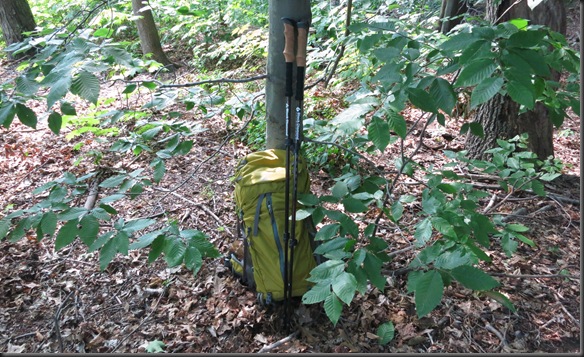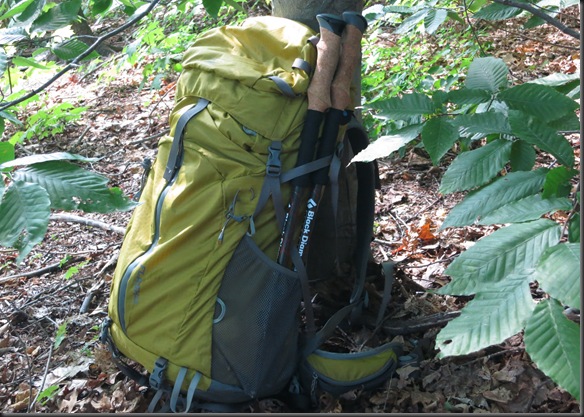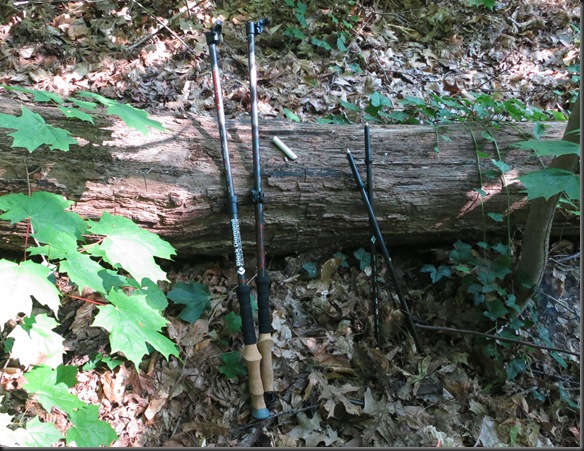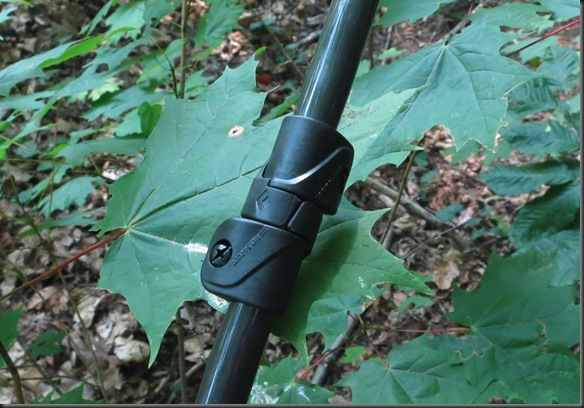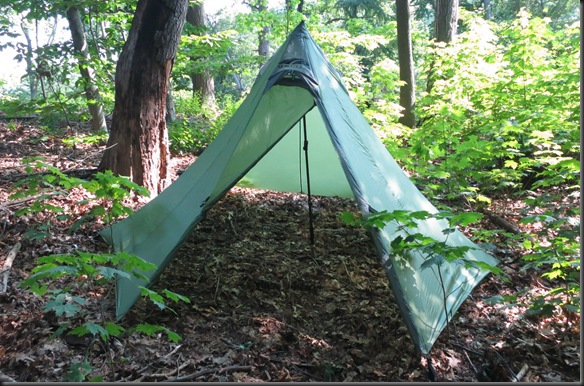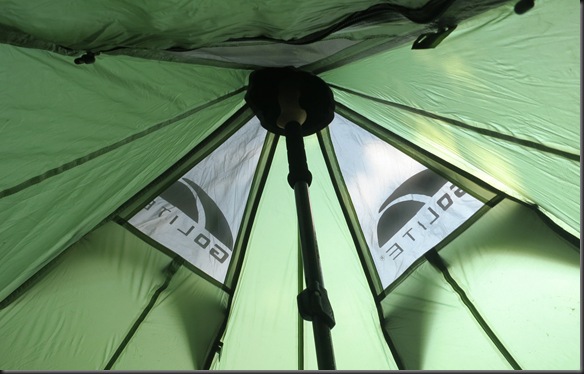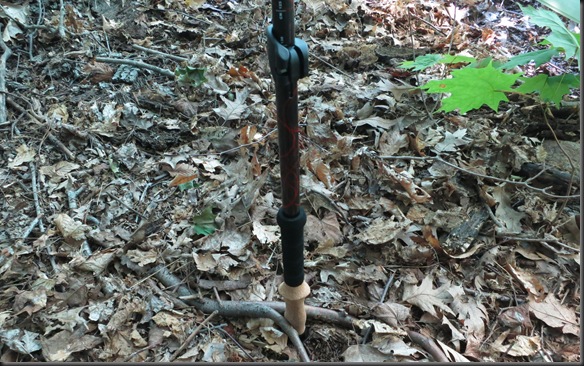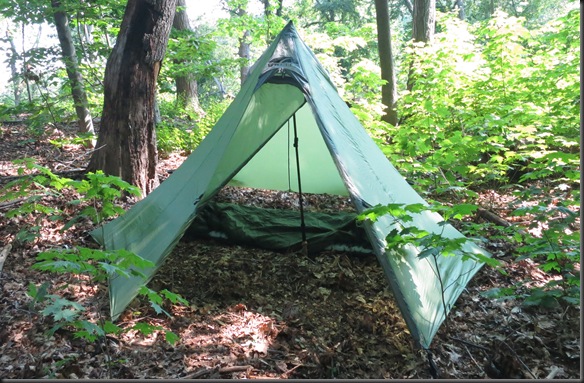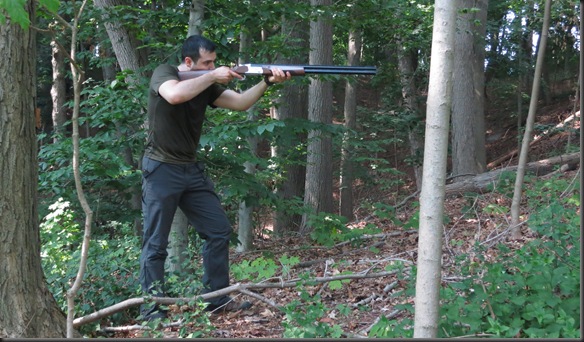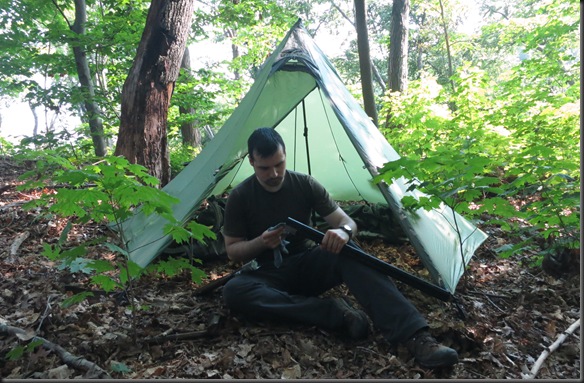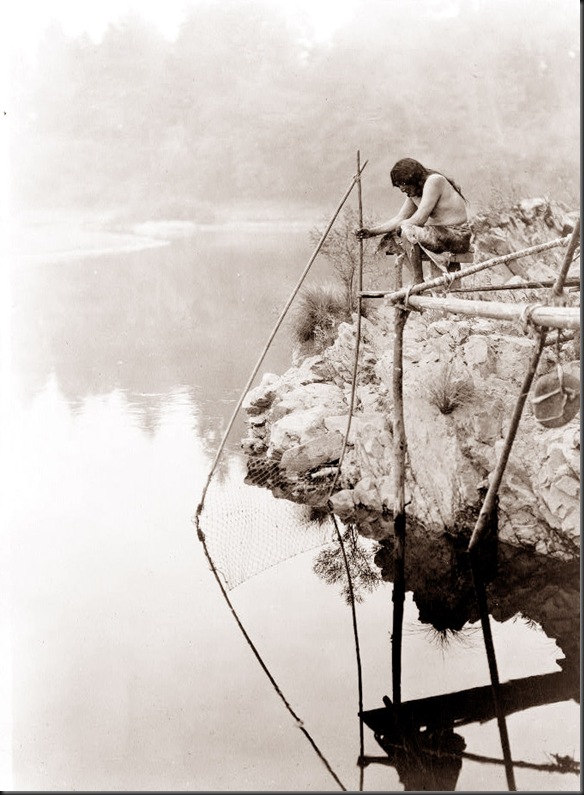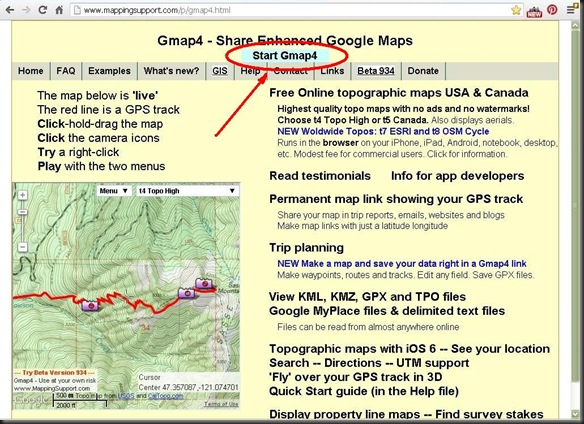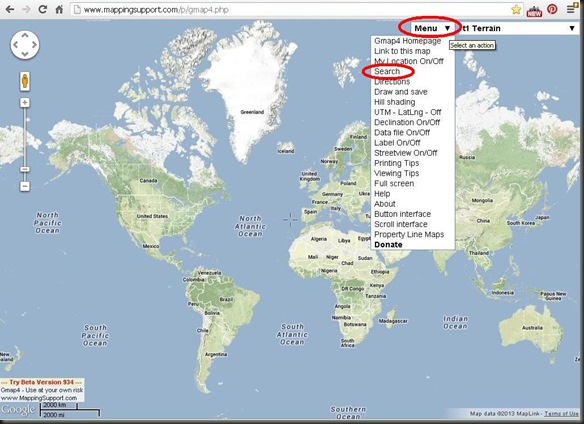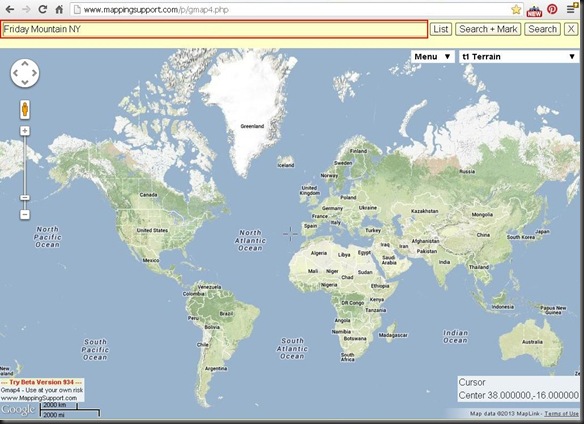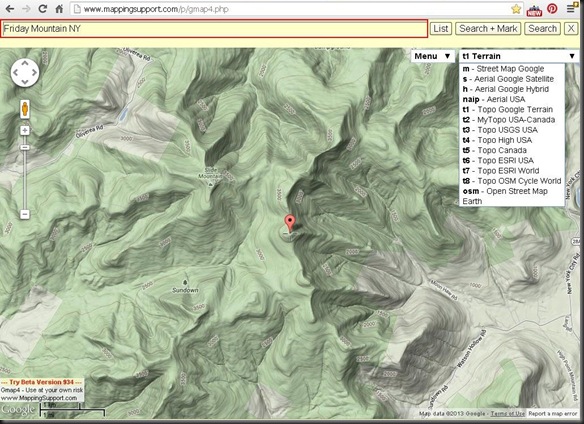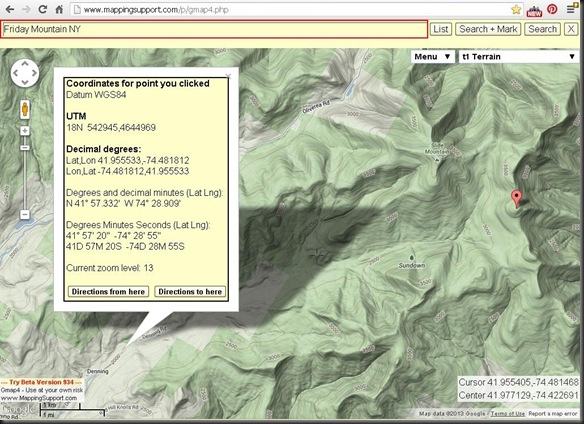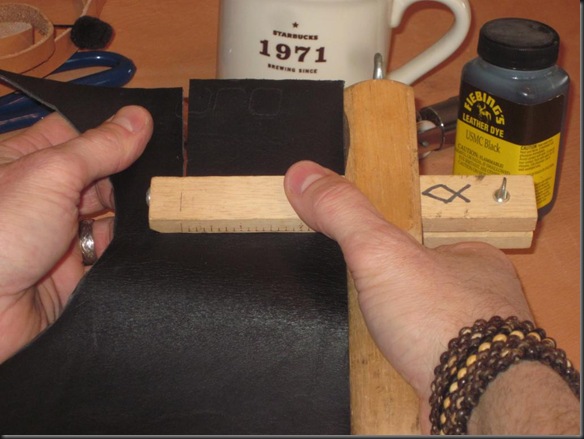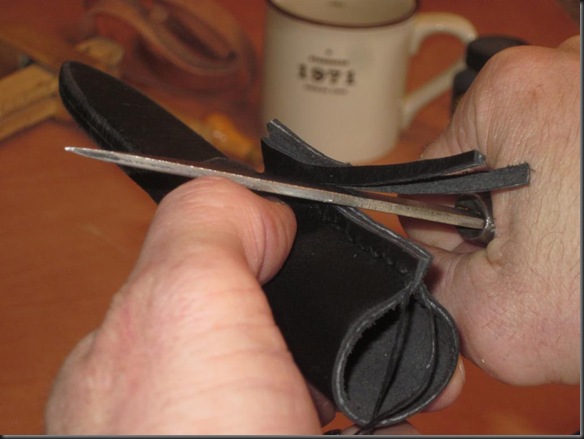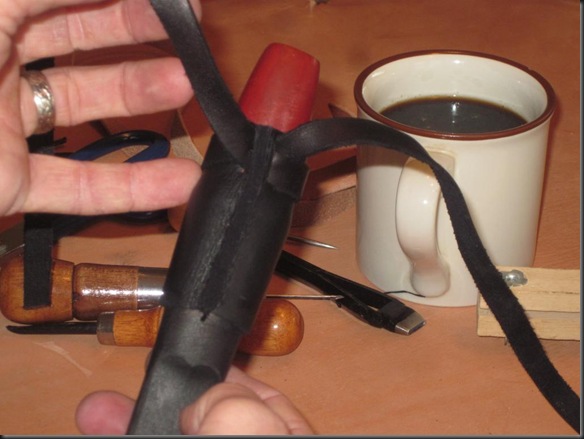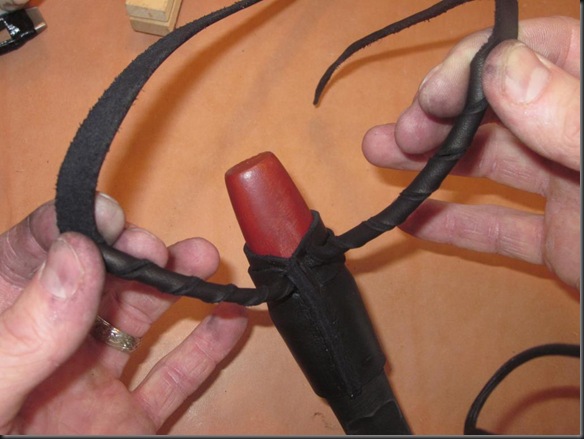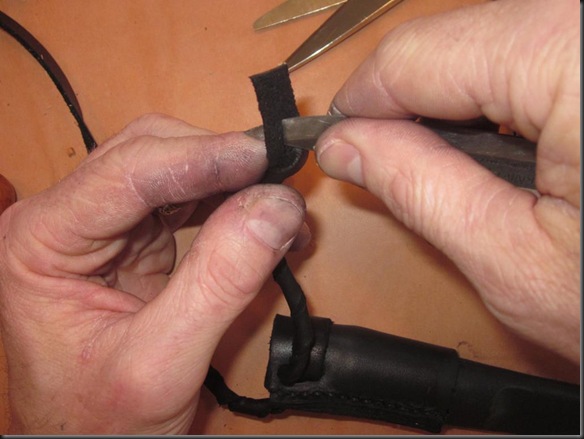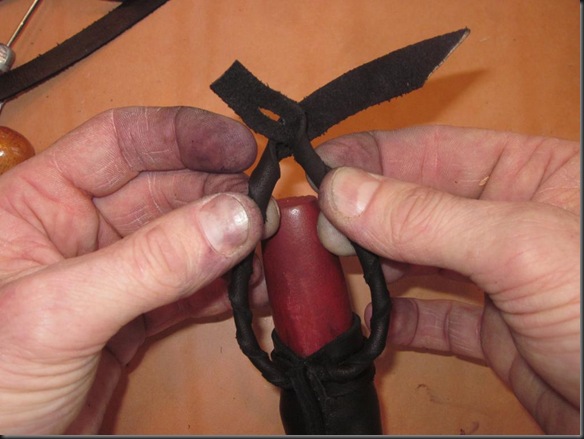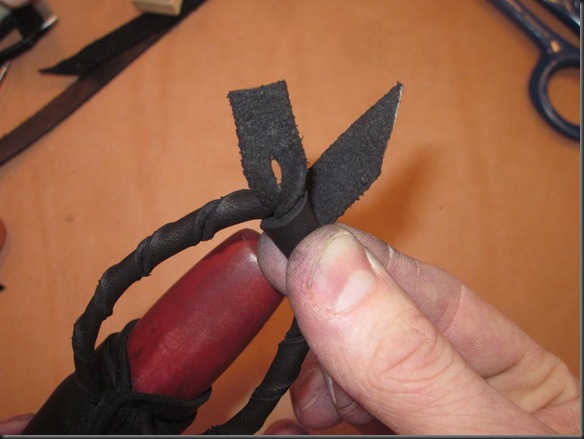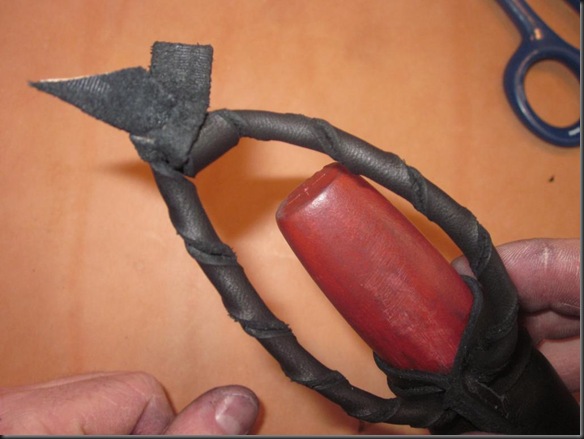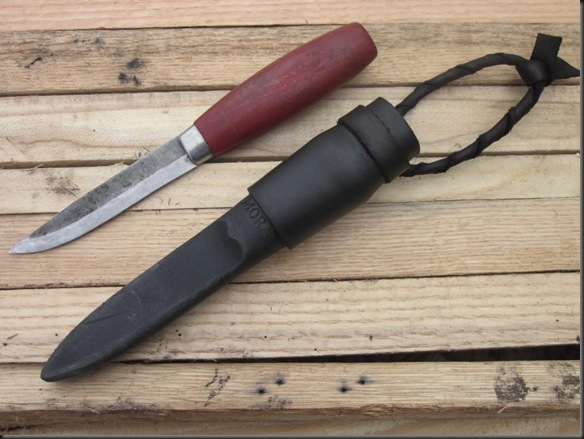I have been waiting for the Nikon to Micro Four Thirds Speed Booster from Metabones for a little while now. It was announced back in January and now, 6 months later the Nikon to MFT version has hit the scene. Within a couple day or two of the announcement, I checked my bank balance and placed my order. Around 3 days later, a little parcel arrives at my work desk in Sydney all the way from Hong Kong. I have to say I am impressed at how quickly it got to me.
The build quality is very good. The body is metal; the aperture control has engraved markings and is indented for half-stops. The 4-element lens unit is a solid looking piece and it all seems to be put together well.
What's in the box?
The Speed Booster comes well packed but there is no pouch to store the adapter in. It comes with front and rear caps. One being their version of Nikon body cap, the other being their version of a Panasonic rear lens cap. Unlike the body of the Speed Booster, neither are well made but do work. I tried using a Nikon body cap but the fit is too loose.
Also in the box, you get a couple of hex keys in a plastic bag to remove the tripod adapter. There are no instructions or guide on how to use the unit.
The elements of the Speed Booster are a little exposed at the MFT end and I wouldn't recommend using an Olympus cap - it seems as though it would be very close to the lens element. The Panasonic style cap would be a better choice and get over the slight nastiness of the supplied cap.
Putting Camera, Speed Booster and Lens Together
Attaching the Speed Booster is fairly easy. While it doesn't mount as smoothly as say an Olympus lens on my OM-D and likewise, Nikon lenses feel that great when rotating them, I have had worse. This was a little surprising considering the apparent high build quality. On the Metabones web site it says to rotate the Speed Booster ring to 8 before mounting the lens. I don't think failing to do so would damage your lens or the Speed Booster, but it may make it more difficult to lock the lens should you not when the aperture tab on the lens is pushed up against the Metabones aperture control link.

There is a compact tripod mount on the unit and this is threaded for a quick release plate, or you can use it directly in a Arca Swiss style tripod clamp. It looks very short for the latter but works well for any lens that does not have its own tripod clamping ring and gives good balance with a standard zoom and with the relatively light weight of MFT cameras, just right for these lenses. Obviously, if using something like a Sigma 150-500mm zoom you would use the lenses tripod mounting ring.
Well how does it work?
Well I must say I am pleasantly surprised. In a word - excellent!!!! I was expecting the sort of degradation you get when you when you use a teleconverter. It seems excellent from fully open with the lenses I have used.
So far I have had a play with an ancient Nikon AF Nikkor 24mm f/2.8. This is a pre-D lens and not one of Nikon's best. When mounted, it becomes a 35mm equivalent at f/2. This lens suffers from flare and it seems no worse for the Speed Booster despite adding 4 lens elements into the equation. As a full-frame lens, there is no light fall-off and sharpness does not suffer. Not an excessively large combination and easy enough to use. I wouldn't say it is a substitute for something like the Olympus 17mm f/1.8 which remains on my wish list.
Next play was with the Tamron 60mm f/2 macro. This is a DX format lens and it becomes the equivalent of an 85mm f/1.4 (sort of). I don't consider this lens a true f/2 as it is only f/2 at around 3m and longer. As an internal focusing macro lens, the focal length increases the closer you focus and the aperture falls. It is around a f/2.5 at closest focus. Still, the extra speed makes a nice bright viewfinder and the generous focus ring rotation of the lens makes it easy to focus. The Tamron 60mm is ultra-sharp on my Nikon and just as sharp on the Olympus.
OK, now for the real test. My Nikon 10-24mm f/3.5-4.5 zoom is probably my most used Nikon lens. With the Speed Booster on my Olympus OM-D this becomes an equivalent to a 14.2-34mm f/2.5-3.2. This is a lot faster (1 2/3 stops) than my Olympus 9-18mm (18-36mm equivalent) f/4-5.6 zoom goes substantially wider and almost as long. First impressions indoors I noticed quite a bit of vignetting. In the field, this does not seem to be an issue, probably due to the longer focus distance slightly increasing the focal length - who knows. It gives a fair bit more in field of view than the Olympus wide zoom and again very sharp. One disadvantage of the 10-24mm lens is the relatively short focus scale but the wider focal length afforded by the Speed Booster seems to overcome any issues here and the 14x screen magnification available for the Olympus OM-D makes focusing not ultra-critical.
The results show in the photos.
Tamron 60mm macro - a tiny flower at closet focus and stopped down quite a bit.
Nikon Nikkor 10-24mm f/3.5-4.5 at 24mm
From the same spot - Nikon Nikkor 10-24mm f/3.5-4.5 at 10mm
Nikon Nikkor 10-24mm f/3.5-4.5 at around 18mm
Conclusion
The Speed Booster is not cheap and costs about the same as a mid-priced consumer level fixed focal length lens or one of the cheaper non-kit zooms. If you have a couple of lenses sitting in your kit bag for a Nikon camera, it can be a bargain. There seems to be no real image quality issues with using the Speed Booster and for low-light work - a real treat. With DX lenses and the 0.71x magnification of the Speed Booster, you have a lot more wide options for the Olympus system.






